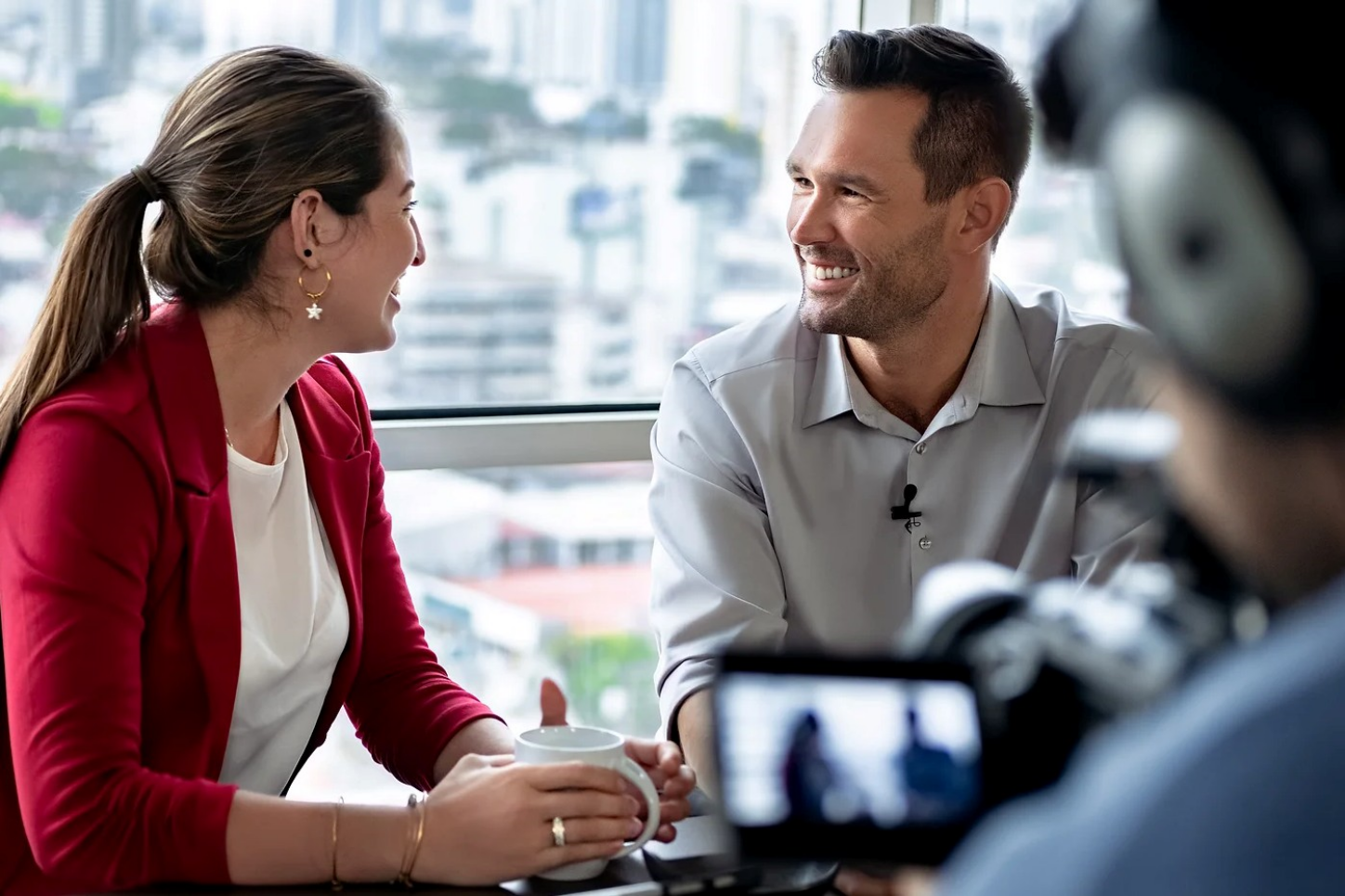This month we start our series on effective ways to use video as part of your content marketing strategy. We will present various ways you can use video to create brand awareness, boost sales, and increase engagement. This week we’ll look at how video can help your customers to get to know you. One of the most powerful aspects of video is that when used correctly, it has the ability to create an emotional connection between you and your customer. Below we detail a few ways you can use video to make
that connection if incorporated into a well thought out video strategy.
- Introduce your business
A good place to start is letting people know what type of business you run and exactly what you do. It is always a good idea to start with the problem your product or service intends to solve for your customer. That’s a good lead in to outlining your products and services in broad strokes before
explaining your company’s vision and mission statement.
The great thing about this format is that it can be used in various ways. It’s great for a channel trailer on some of your social media sites and can be used as a boosted post or as an introduction on your website.
Everyone has at least a little bit of a voyeur in them so taking your customers behind the scenes to show them how the sausage is made can be a great way to engage with your customers. Your customers will feel a bit closer to you and will be more likely to make an emotional connection
to your brand.
People sometimes forget that there are people behind a brand. A business is nothing more than a group of people working together. It can be very powerful to remind your customers about the people that make things happen.
The key to making these videos effective is to make them more personal and less polished. In most cases a self-filmed mobile phone video may have more impact than a glossy professional production with all the bells and whistles. A big aspect of making the connection is creating a sense of
realism.
If your customers can connect to your team on a more personal level, they are more likely to engage with your business. Meet the team videos are a great place to start.
Why not delve into your company history? Most businesses have interesting stories about why they were founded, where they started and how they got to where they are. Creating a video exploring your history adds to your brand narrative and makes an emotional connection more likely.
If you are interested in using video to let your customers get to know you better, please feel free to get in touch with us at hello@foxfifth.com





